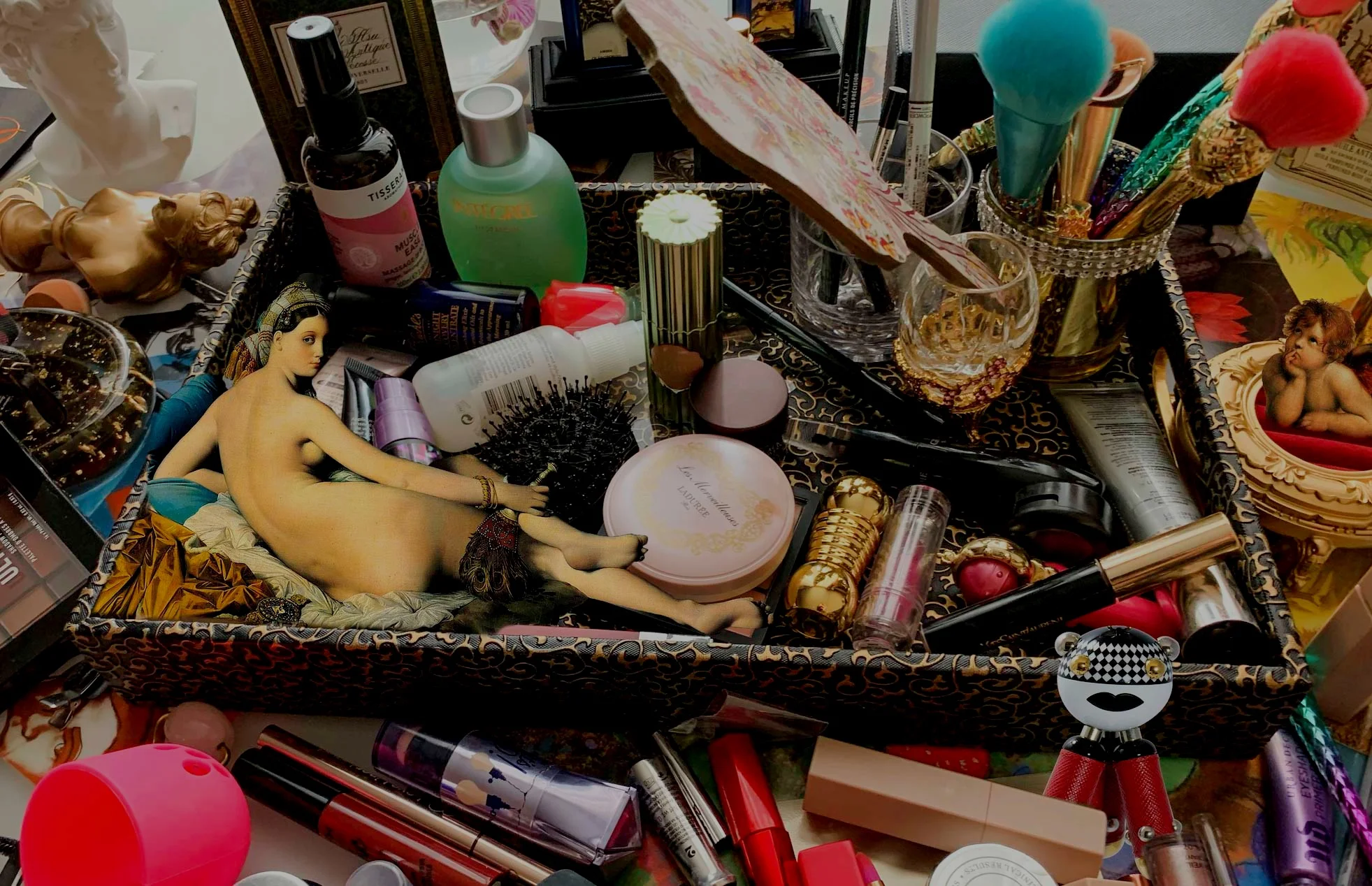4 Reasons Pipilotti Rist is a Trailblazer
Content Editor: Alice On
There are so many reasons to obsessed over the Swiss-born video artist, but here are just four reasons we came up with after watching Pipilotti Rist’s interview with Christian Lund about being an “introvert disguised as an extrovert”, the importance of seeing the world “with closed eyes”, and being extremely curious about what others perceive in their secret dream world.
Rist Changes How We Related To Artwork
In the interview for Louisiana Museum of Modern Art, she talks about working to reverse the conventional hierarchy between the object and the subject – where our bodies are small and insignificant. Instead, she wants to connect visitors, her work, and “everything on an emotional level.” Rist claims that she is quite satisfied if her work can help people understand other perspectives. In her work Open My Glade, commissioned by the New York Public Art Fund, which was broadcast in 2000 in Times Square, New York, we see the expression of our organic and chaotic structure epitomized by the figure distorting her smeared make-up and features, desperately trying to push out beyond invisible boundaries of history, experiences, pains and wishes. Rist talks about using the body as a navigational tool to honour “disintegration, the dying and the beauty of the imperfect”. In her practice she says “all the technical tools [used…] are already incorporated in our given structure.”
2. Her explorations of sensual and the moving image push boundaries in how we look inward and outward
Since the mid-1980s, Pipilotti Rist has worked across an evolving palette of video technologies whose rules and practices she disrupts to turn museum spaces into what she calls living bodies.
An prime example would be Reversed Eyelid, which was produced in collaborated with Kvadrat for the 2019 exhibit. Soft-coloured membrane covers the walls in the South Wing of the Louisiana Museum of Modern Art, and Pipilotti Rist uses The motif on the custom-made Kvadrat Soft Cells panels to depict the imagery behind eyelids. The design appears as an almost a bioptic view or “solarized afterimage”. By placing us behind the imitated eyelid, Rist confronts the conventional museum experience by shrinking us down inside a body with radical change in proportions as consequence.
Like in many of her other installations, Rist seeks to address our tendency to forget the physicality of our bodies and the images we carry inside: “[her] big goal is to free these images, to free that ‘wonderlight’, either by treating it like painting behind glass, but also to free it in the room, to put it back to our bodies.”
3. Her Multi-projector Video Installations Fuse The Corporeal And The Spiritual To Create Psychedelic Experiences.
According to Rist, “now we’ve explored the whole geographical world, pictures or films are the new, unexplored spaces into which we can escape.” Rist typically interweaves a range of formats and themes to merge immersive images and dreamscapes. Taking a painterly and sculptural approach, the barriers between public and private space are blurred using video, music, light effects, and furniture to create domestic, pleasure-palace interiors. Rist confesses “the given so-called normal life looks very surrealistic to me, and surrealistic displays look normal” and “a show by me is like a journey through a body, or a helter-skelter through vessels”.
In 2009 she created Pour Your Body Out, a giant installation projected MoMA. Visitors were encouraged to lounge on over-sized cushions bare-footed to experienced the colourful video projected overhead.
4. Her Videos Make Female Anger and Desire Feel Good
Rist’s most prevalent themes are gender, sexuality and the human body. In Ever Is Over All (1997) for example, a woman moves down a city street joyfully smashing the windows of parked cars with a baseball bat (later referenced in Lemonade by Beyoncé) - Rist’s fantasy anarchic figure is without consequences. A female police officer nods of approvingly to the girl/woman grasping a flowering phallus and delivering merciless blows to authority. Her triumphantly graceful manner make this anger pleasing, even liberating. We happily join the rampage, free of the usual fear and anxiety a woman’s anger often evokes.
However, when asked about her feminism in a 2011 Guardian exhibition review article Rist says, "Politically...I am a feminist, but personally, I am not. For me, the image of a woman in my art does not stand just for women: she stands for all humans. I hope a young guy can take just as much from my art as any woman”.

















DaisyCode
Our Time on Earth is Short. Spend Your Energy on What Matters Most! Take the Beautiful Convenience of Fresh, Clean and Hydrated Hands Wherever You Go.